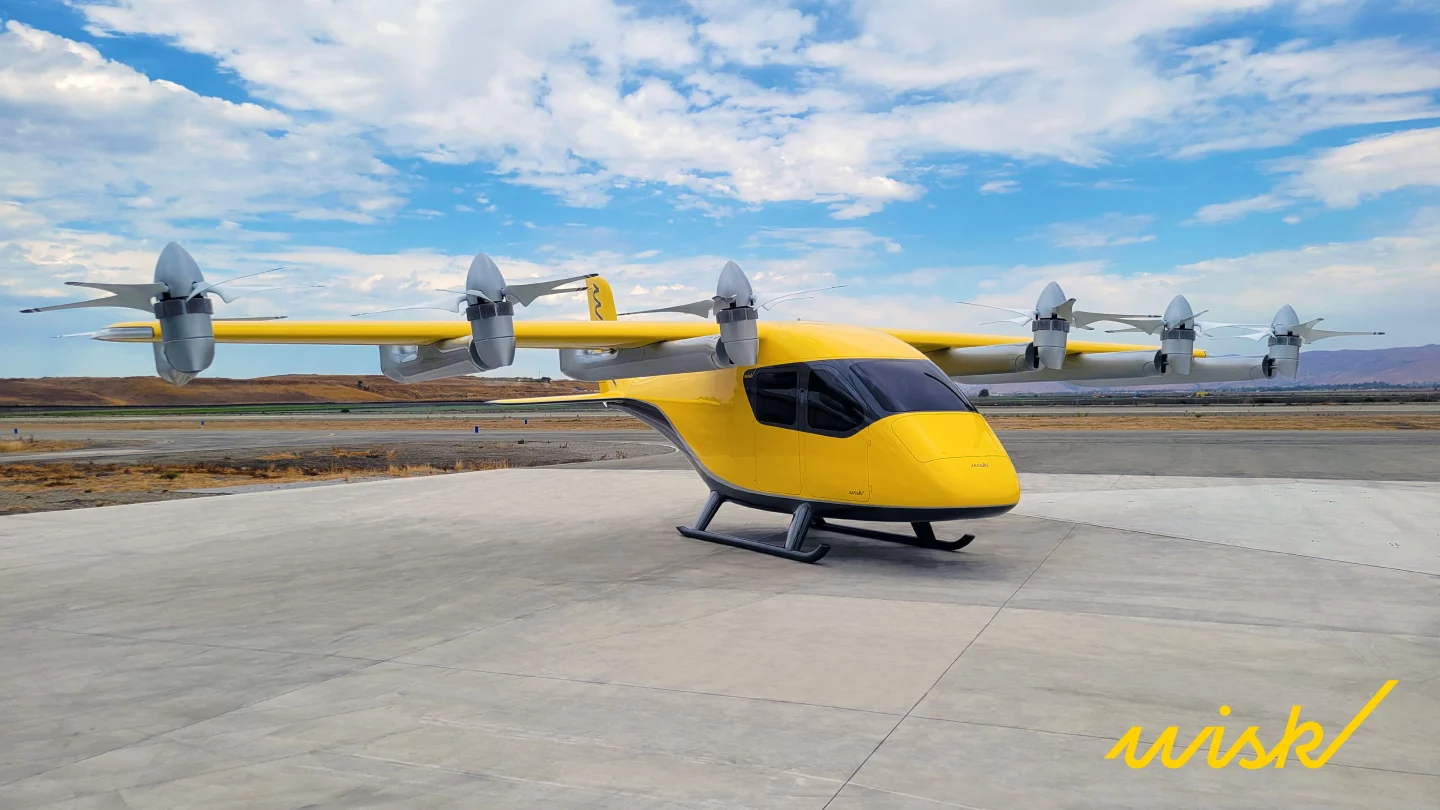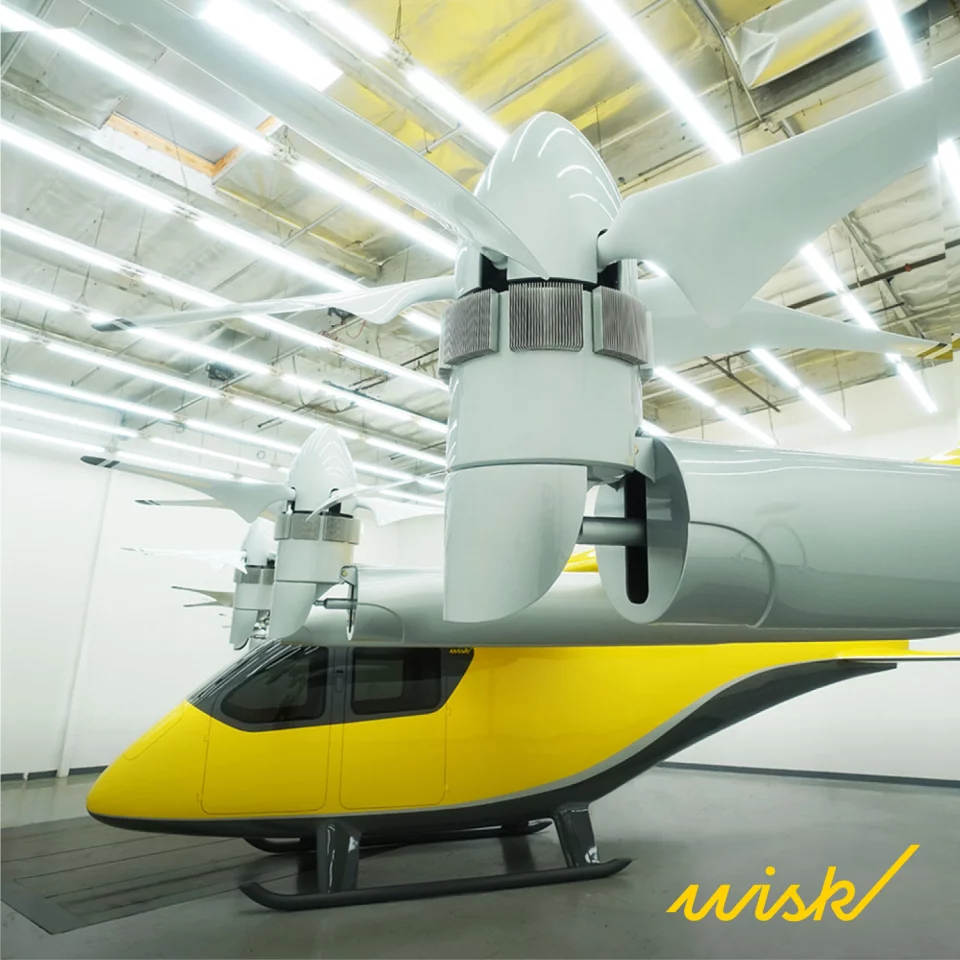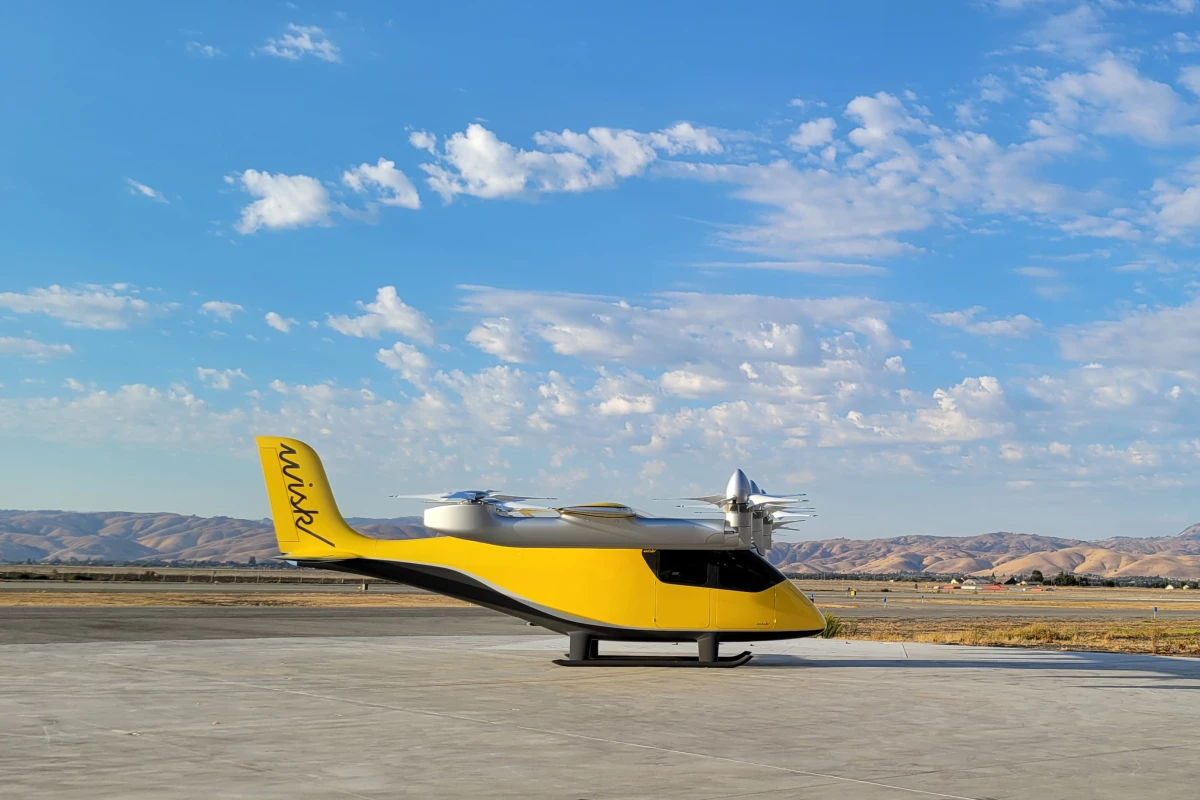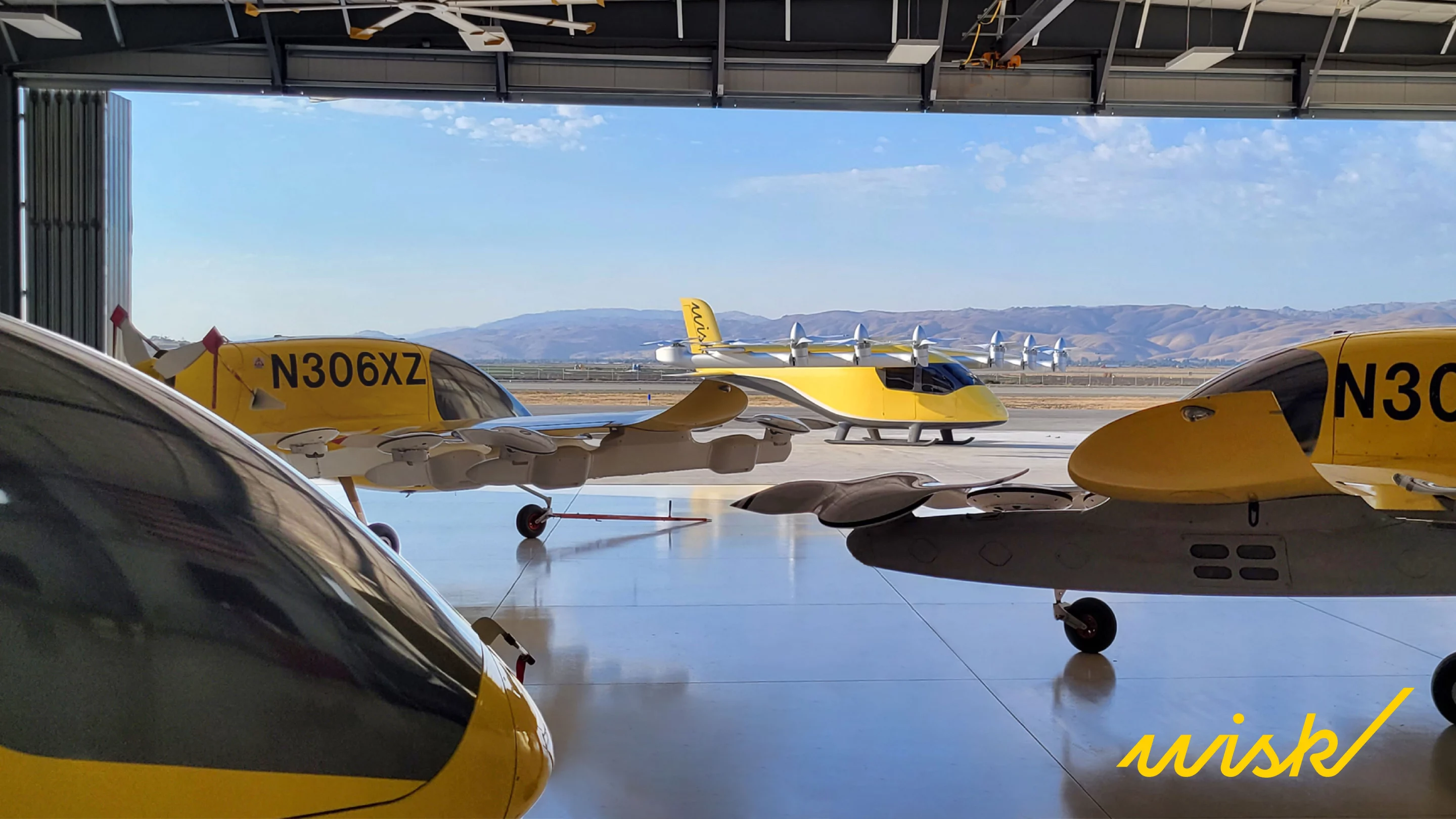Air mobility startup Wisk Aero has bumped up the passenger-carrying capacity of its upcoming air taxi from two to four, and none of those will be a pilot. The company intends to take its 6th-gen autonomous electric city hopper to market, and will now be seeking FAA type certification.
Wisk Aero can almost be considered a veteran in the emerging air taxi space, starting up in 2010 and then merging with Larry Page's Kitty Hawk Corporation (which recently decided to close down operations) before spinning out thanks to investment from Boeing.
Currently flying towards certification in New Zealand and beyond, having clocked up more than 1,600 test flights, the company sits at sixth position on the SMG's Advanced Air Mobility Reality Index – which tracks "the likelihood of an OEM certifying their aircraft, entering service and producing it in thousands of units per year" – just above Archer but behind the likes of Lilium, Volocopter, Joby and others.

The sixth generation design is reported to be the aircraft that Wisk intends to enter the market with, and also the first autonomous, passenger-carrying eVTOL (electric vertical takeoff and landing) air taxi to be put forward for FAA type certification – with Wisk adding that it's been designed to exceed aviation safety standards.
As the headline states, this is a four-seat passenger eVTOL and it's been designed to fly autonomously courtesy of the combined efforts of proven technologies, "logic-driven, procedural-based, decision-making software," a suite of onboard sensors and obstacle avoidance chops – though will operate under the watchful eyes of remote human multi-vehicle supervisors, who will be ready to take control if needed.
It features a 12-prop configuration spread over the 50-ft (15-m) wingspan for liftoff, with the front row tilting for propulsion during horizontal flight. The transitioning front props are larger than before and feature five blades, while the four-bladed rear props power down and lock during cruise to reduce drag. The booms have been extended too, and the wings have been raised above the passenger cabin for improved safety and to lower in-cabin noise.

The cabin interior rocks an automotive-inspired design which benefits from comfortable seating and generous baggage and carry on storage space. Each passenger is treated to an individual display that shows key information like course and trip progress, and onboard Wi-Fi is included as well as charging points for gadgets.
The aircraft has also been developed with accessibility in mind, and features tailored user interfaces for folks with hearing or vision difficulties, and entry/exit points catered to "individuals across the mobility spectrum."

As for performance, cruising speed is said to be 120 knots (138 mph/222 km/h) at 2,500 to 4,000 ft (762 - 1,220 m) above ground level, and the eVTOL has a per-charge flying range of 90 miles (144 km), with reserves. Top-ups are expected to take just 15 minutes. And Wisk also says it's targeting a target price of US$3 per passenger, per mile.
The video below has more.
Source: Wisk Aero









